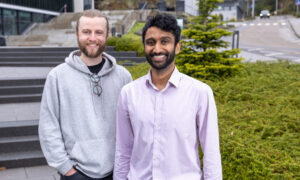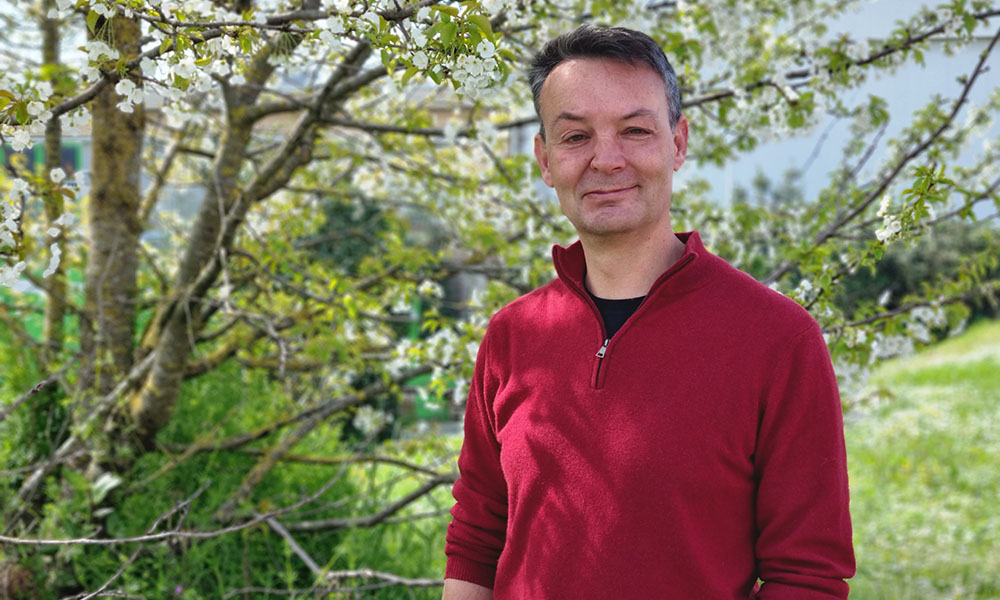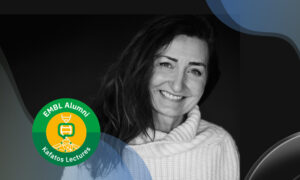
We are EMBL: Neil Humphreys on genome editing and saying it all in five simple words
Neil Humphreys, Head of the Gene Editing and Virus Facility at EMBL Rome, talks about the excitement of being part of many diverse research projects and what he likes about life in Rome

The Gene Editing and Virus Facility (GEVF) is a unique facility at EMBL Rome that supports scientists from across EMBL sites and external research institutes. It offers comprehensive services, from vector design and virus delivery to fully characterised gene-edited mice and cell lines.
Neil Humphreys has been running the facility since 2018, working closely with scientists to develop new models, tools, and cutting-edge technologies to support discovery and translational research.
Together with the technical officers working in the facility, Humphreys has also developed a yearly training course aimed at external researchers who want to learn how to create engineered mammalian cell lines or mouse models using the CRISPR/Cas9 system.
What’s the best part of working at EMBL?
EMBL as a whole, and EMBL Rome especially, has been like acquiring a second family, where the collegial environment and flat hierarchy mean that, as often as not, the important discussions happen at lunch or over a coffee. This relaxed work environment, combined with the warmth of the Roman sun and the three ‘C’s – Carciofi, Cicoria, and Cacio e Pepe – makes EMBL Rome truly enjoyable.
What is your favourite part of your job?
It’s finding a problem I don’t understand, or why a project failed, what is different this time – is this interesting new biology or just a mundane failure of our project design? Unpicking these issues is where the fun is.
Moreover, with the current 26 internal and eight external gene-editing projects underway, understanding to some extent the background requirements of each offers a window into a very diverse range of research interests. Being part of such varied projects is always very stimulating.
At what age did you decide you wanted to work in science, and what triggered that?
As one might expect, biology was a favourite at school, particularly the interactions between organisms and their environment. Thus, I studied marine zoology at university before transitioning to infection immunology. However, what truly hooked me long-term was a single day in the lab examining histology sections from a knock-out mouse missing a key cell migration integrin. It was clear that while this integrin was not necessary for immune cells to enter the gut, it was vital for their final arrival at the villi, akin to an Amazon parcel reaching the local distribution centre but not being dispatched for delivery. Being the first to directly see this was addictive.
What is one thing about you that most folks don’t know?
I listen to a lot of podcasts on quantum physics. I’m particularly interested in astrophysics and the foundations of quantum theory, the many worlds interpretation. But very much at a surface level.
What is your passion?
I love outdoor sports. My favourite is probably windsurfing, though skiing, hiking, and cycling are all a close second. However, windsurfing on Lake Bracciano near Rome is somewhat different to the Irish Sea off the west coast of Scotland.
Describe your life in five words.
A, T, G, C & Wine.


